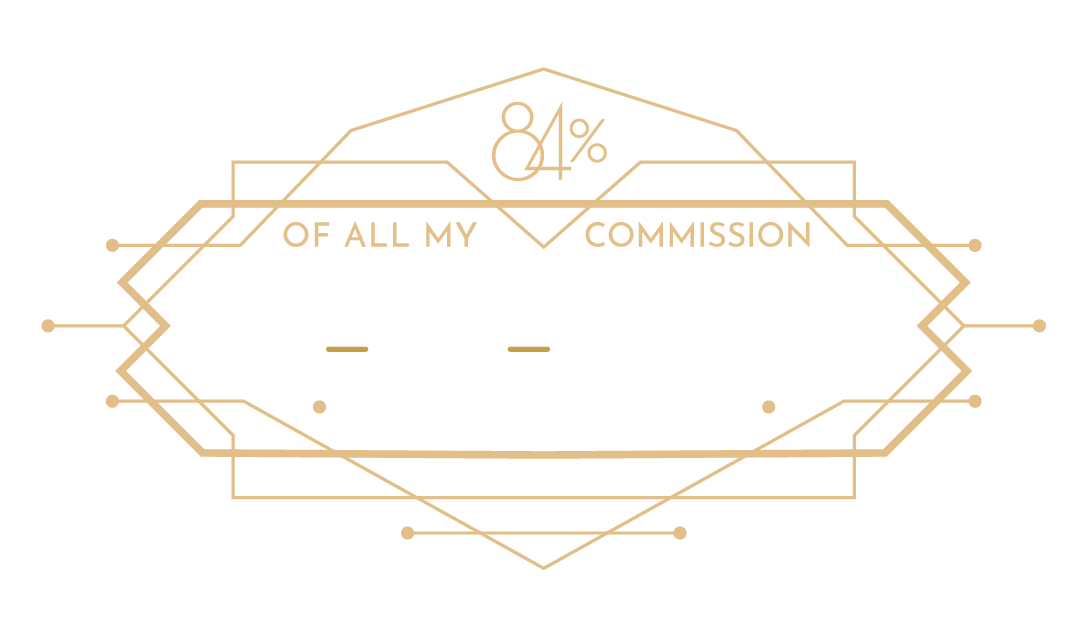The Great Texas Drought of 2011- Lessons Learned
How to Save Your St. Augustine Grass, Water, Time and Money
If You Are Not Cutting Your Grass at a Height of 4 Inches….
Then Stop Cutting Your Grass For Two or Three Weeks!
Here in Houston and South East Texas, St. Augustine grass is the most practical turf grass for the typical weather conditions of this region. But that is not working out for most homeowners, especially in the current drought conditions. But even in the best of conditions most homeowners make the common mistake of cutting their grass much too short and then bagging the clippings on top of that. Even most professionals in the Houston area make these same mistakes. And then they are all out there throwing money, water, fertilizer and other chemicals on their lawn to try and make up for all of the abuse that they are heaping upon their grass by trying to make it look like a golf course.
The typical height that most homeowners and professionals are cutting their grass is anywhere from 1 ½ inches up to 2 ½ inches. This is too short if you want 1.) a strong plant, 2.) a strong and deep root system, 3.) a drought tolerant plant that needs much less watering, 4.) a more hard freeze resistant yard and a 5.) greener turf that needs almost no fertilizing.
So here is a list of do’s and don’ts for your St. Augustine grass.
Do cut the grass every 7 – 9 days. Unless in the winter when the grass is mostly dormant or in particularly dry and hot season and the grass is just not growing. Then you can use your good judgement. If you cut the grass yourself you can probably be cutting the yard no more than 34 times a year maximum and still keep it looking very good. Save time and money, wear and tear on your lawnmower and reduce noise and pollution.
Do cut at a height of 4 inches. This means the tallest or next to tallest setting on most lawn mowers. Ironically the most popular commercial brand lawnmower, Snapper, does not even reach this height. Therefore many of the contractors out there can not cut your grass at this height. When I was in the business, I had three Snappers and I had to get taller wheels to get my mowers to 4 inches. Have patience! The grass will eventually catch up to your lawnmower’s blade. In the meantime take advantage to eliminate unsightly faster growing weeds. You will have to wait on a good rain or put extra water on the weeds to be able to pull them up with all of their roots more easily. Use a shovel to dig directly under the roots of the tougher weeds (Dallas Grass) to loosen them up. Pull it, clean the dirt off the weed by banging it on the edge of the shovel and then put the dirt back in it’s place and water again. I just throw the weed on top of the grass and chop it up when I cut. You can eliminate all of the weeds over time little by little. Once the weeds are cleared out the new taller St Augustine turf will not look splotchy and will crowd out other grasses such as bermuda and not allow most new weeds to germinate.
Do get a mulching blade for your lawn mower because now you are going to chop up all of the tree leaves, grass clippings and weeds that you pull out of your yard and beds. So before you start cutting the grass, you are going to rake any and all leaves on the patio, driveway and sidewalk onto the grass. All of this material will dry and fall to the ground to enrich the soil as compost which will also retain more moisture for longer periods of time. Doing this instead of bagging will diminish the need for watering, fertilizer and make for a more insect, disease, drought and freeze resistant turf. It will also eliminate the extra work and time of picking up leaves and clippings and putting it in a plastic bag and sending it to a landfill.
Do cut sidewalk, driveway and bed edges at a 90 degree angle. Trim at the edge of the concrete only. Don’t chase the grass back into the lawn area. A traditional edger is best but a trimmer (weed eater) will always suffice.
Don’t bevel the edges with a weed eater. This is a common practice that the contractors love to do. I don’t know why, it is just extra work and it just beats up the grass. When you cut the grass along the sidewalk and driveway…make sure at least half or more of the mowing deck of your lawn mower is over the pavement. That way you will avoid scalping the edge. When you cut along your beds just leave a 2-4 inch swath of uncut grass to trim with the weed eater after you cut all the grass. The same goes for around the trees and other obstacles. This way the amount of grass trimming is kept to a minimum and whoever is doing the trimming has a guide as to what height to cut the grass and thus avoids the common practice of cutting the grass too short with the grass trimmer.
Don’t water the grass just because it is Thursday. Water only when needed. Excess watering will leach the good nutrients from your soil. Once your grass reaches the taller heights you will generally need to water once a week if it is not raining.
If your grass is traumatized because of the drought and because it is too short then you will have to water extra to get the grass going again. And YES you can water at night under the drought conditions and in the middle of summer. There will not be sufficient moisture to cause fungus or mold. Traditionally, in late August and September, when fungus and mold begins to manifest itself in St. Augustine, you would want to refrain from watering at night and from fertilizing.
Don’t treat your St Augustine for thatch! Thatch in St. Augustine is a myth. It just doesn’t exist. Somebody is trying to SELL you something. Aerating is fine if your soil is compacted and not retaining water very well. You might want to do this 2 or 3 times over several seasons. But once you get good height and more organic material to the ground you will probably not need to do aeration any more.
Don’t scalp your grass in the fall, spring or any other time. Never Never Never! Just another one of those silly ideas that has converted into an annual service to SELL to the uninformed homeowner.
Don’t use insecticides except in very specific applications. Never use insecticides as a preventative measure. Don’t treat ants by broadcasting pelletized poison all over your yard. Treat only the bed and immediately around the bed with a liquid drench that will kill only the ants and not everything else in your yard. If your yard and soil are healthy you will have microbes, bacteria, fungus, insects, spiders, worms and other stuff that keep things functioning and in balance on a scale that us humans are just beginning to understand. You have to take care of it. The chemical industry will sell you all kinds of stuff that will damage or destroy this microcosm and will begin to sterilize the soil and you will have to keep buying more and more of their products to cover up the damage. Now every now and then you may need a product to treat a tough problem. But do your research first before you use one of these chemical products. Many times there are organic solutions to these problems.
Don’t fertilize just because it is “this” season or “that” season. Someone is trying to SELL you something again. Chemical fertilizers do damage the soil. If you can afford it, you can spread a thin layer of leaf mold compost over your yard. If you cannot then maybe you might want to start your own compost pile and in 3 or four months you can (little by little) start feeding your lawn and shrubs with material from your own organic source. I used to collect the neighbors clippings when they put it out for the garbage truck. Pine needles are especially good. There are also organic fertilizers available in most markets. If you just want a chemical fertilizer then go ahead, use a 15 – 5 –10 formula. I used to do a combination of all these things. Remember, a healthy lawn will need fertilizer once every 30 to 36 months. That’s all.
Don’t use a weed and feed. Bad drugs!
Don’t assume your maintenance contractor knows what he is doing. Most do not. They may be doing some things right but many times they cannot explain to you why they do what they do. Many times yard men will do something but they can’t explain why they are doing it except that they and everyone else has been doing it that way for the last 20 years! Remember…being a professional does not make one an expert. Do your own research and YOU be the boss. And watch him !!! Because he may show up one day and forget to raise the blade on his lawnmower and traumatize your yard by scalping it.
Cutting your grass tall is kinda like Houston New Home Rebates….many people don’t understand the concepts involved and just choose to do things the way that the industry (both lawn care and real estate services) traditionally dictates and lose the opportunity to save a lot of money and resources.





